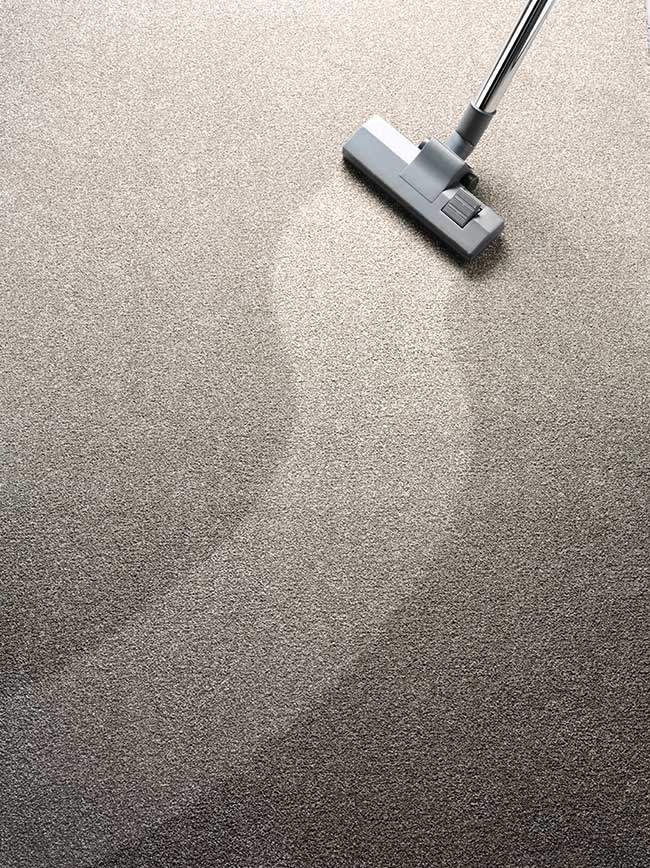The Clothes Moth

The Clothes Moth
Hopefully the days are gone where the very toxic naphthalene or paradichlorobenzene – commonly referred to as mothballs, greeted you when you opened up grandmother’s chests and closets.
Traditionally mothballs have been used to rid closets filled with woolen coats, linen and clothing from clothes-moth larvae that love to feed off wool. Overtime – depending on temperature and flow of air, mothballs slowly dissolve from solid to toxic vapour into the atmosphere resulting in the inhalation of insecticide. They’re harmful for humans, and mistakenly been used outdoors to control snakes, wildlife and insects. Mothballs are harmful to all these including plants, soil, water supplies as well as creating air pollution. To be used with clothing in tightly sealed containers, they’ve been known to stick to clothing – the compound compromising integrity of the fabric. Clothing or bedding must be well aired before worn or used.
Carpet beetles have the same propensity for wool clothing, especially as a food source for the eggs as they hatch into larvae.
Here are some natural suggestions for your information:
- Always ensure clothes packed away are clean.
- Store in plastic containers. Some sources recommend wrapping in long cotton sheets to prevent condensation. Wool and natural fabrics need to breathe.
- Vacuum periodically and thoroughly to ensure removing eggs and larvae from carpets and dark corners before they hatch.
- Sponge surfaces with white vinegar; or have dishes of white vinegar or ground coffee strategically placed.
- Red cedar contains natural oils that kill young clothes-moth larvae. The scent fades and cedar has to be replenished, or add cedar oil periodically to surfaces.
- Add drops of lavender oil to a sponge or cleaning cloth and clean surfaces, as well as to the final rinse cycle of your wash for lovely smelling garments. Lavender pouches can be hung between clothes or placed in drawers to create a pleasant smell to deter moths but do not kill eggs or larvae.
- Horse chestnuts placed in drawers and closets keep moths away as well as spiders.
- Grate and sprinkle unscented white soap between clothes.
- Winter coats are now coming out of the closets – take them outside on a sunny fresh day and brush them down. Storage of coats has the risk of having eggs deposited on them. Brush along seams, under the collar, and clean out pocket linings if possible.








